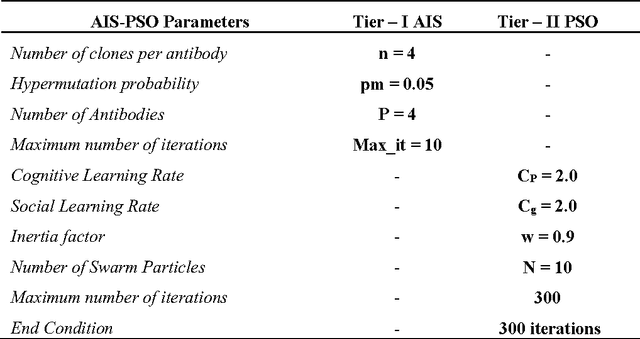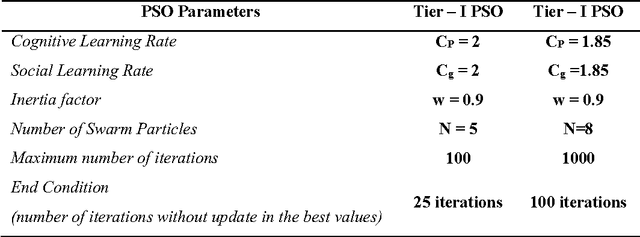J Senthilnath
Explainable machine learning to enable high-throughput electrical conductivity optimization of doped conjugated polymers
Aug 08, 2023Abstract:The combination of high-throughput experimentation techniques and machine learning (ML) has recently ushered in a new era of accelerated material discovery, enabling the identification of materials with cutting-edge properties. However, the measurement of certain physical quantities remains challenging to automate. Specifically, meticulous process control, experimentation and laborious measurements are required to achieve optimal electrical conductivity in doped polymer materials. We propose a ML approach, which relies on readily measured absorbance spectra, to accelerate the workflow associated with measuring electrical conductivity. The first ML model (classification model), accurately classifies samples with a conductivity >~25 to 100 S/cm, achieving a maximum of 100% accuracy rate. For the subset of highly conductive samples, we employed a second ML model (regression model), to predict their conductivities, yielding an impressive test R2 value of 0.984. To validate the approach, we showed that the models, neither trained on the samples with the two highest conductivities of 498 and 506 S/cm, were able to, in an extrapolative manner, correctly classify and predict them at satisfactory levels of errors. The proposed ML workflow results in an improvement in the efficiency of the conductivity measurements by 89% of the maximum achievable using our experimental techniques. Furthermore, our approach addressed the common challenge of the lack of explainability in ML models by exploiting bespoke mathematical properties of the descriptors and ML model, allowing us to gain corroborated insights into the spectral influences on conductivity. Through this study, we offer an accelerated pathway for optimizing the properties of doped polymer materials while showcasing the valuable insights that can be derived from purposeful utilization of ML in experimental science.
Identification of Helicopter Dynamics based on Flight Data using Nature Inspired Techniques
Nov 12, 2014



Abstract:The complexity of helicopter flight dynamics makes modeling and helicopter system identification a very difficult task. Most of the traditional techniques require a model structure to be defined apriori and in case of helicopter dynamics, this is difficult due to its complexity and the interplay between various subsystems.To overcome this difficulty, non-parametric approaches are commonly adopted for helicopter system identification. Artificial Neural Network are a widely used class of algorithms for non-parametric system identification, among them, the Nonlinear Auto Regressive eXogeneous input network (NARX) model is very popular, but it also necessitates some in depth knowledge regarding the system being modeled. There have been many approaches proposed to circumvent this and yet still retain the advantageous characteristics. In this paper we carry out an extensive study of one such newly proposed approach using a modified NARX model with a two tiered, externally driven recurrent neural network architecture. This is coupled with an outer optimization routine for evolving the order of the system. This generic architecture is comprehensively explored to ascertain its usability and critically asses its potential. Different instantiations of this architecture, based on nature inspired computational techniques (Artificial Bee Colony, Artificial Immune System and Particle Swarm Optimization) are evaluated and critically compared in this paper. Simulations have been carried out for identifying the longitudinally uncoupled dynamics. Results of identification indicate a quite close correlation between the actual and the predicted response of the helicopter for all the models.
 Add to Chrome
Add to Chrome Add to Firefox
Add to Firefox Add to Edge
Add to Edge